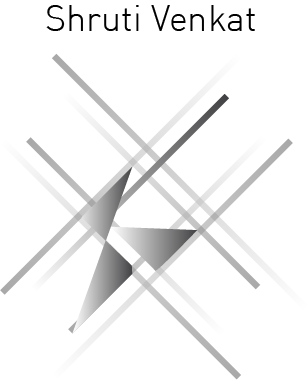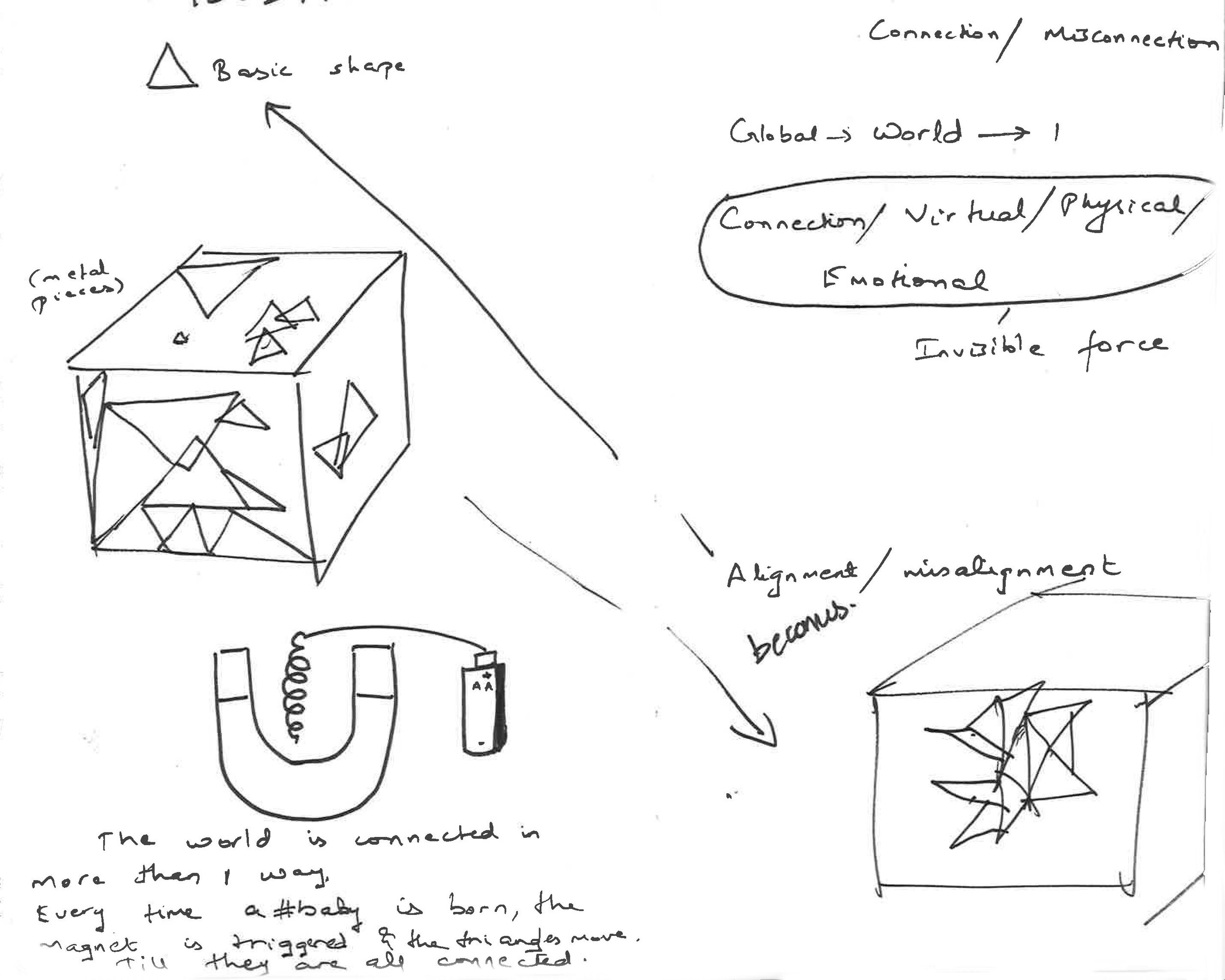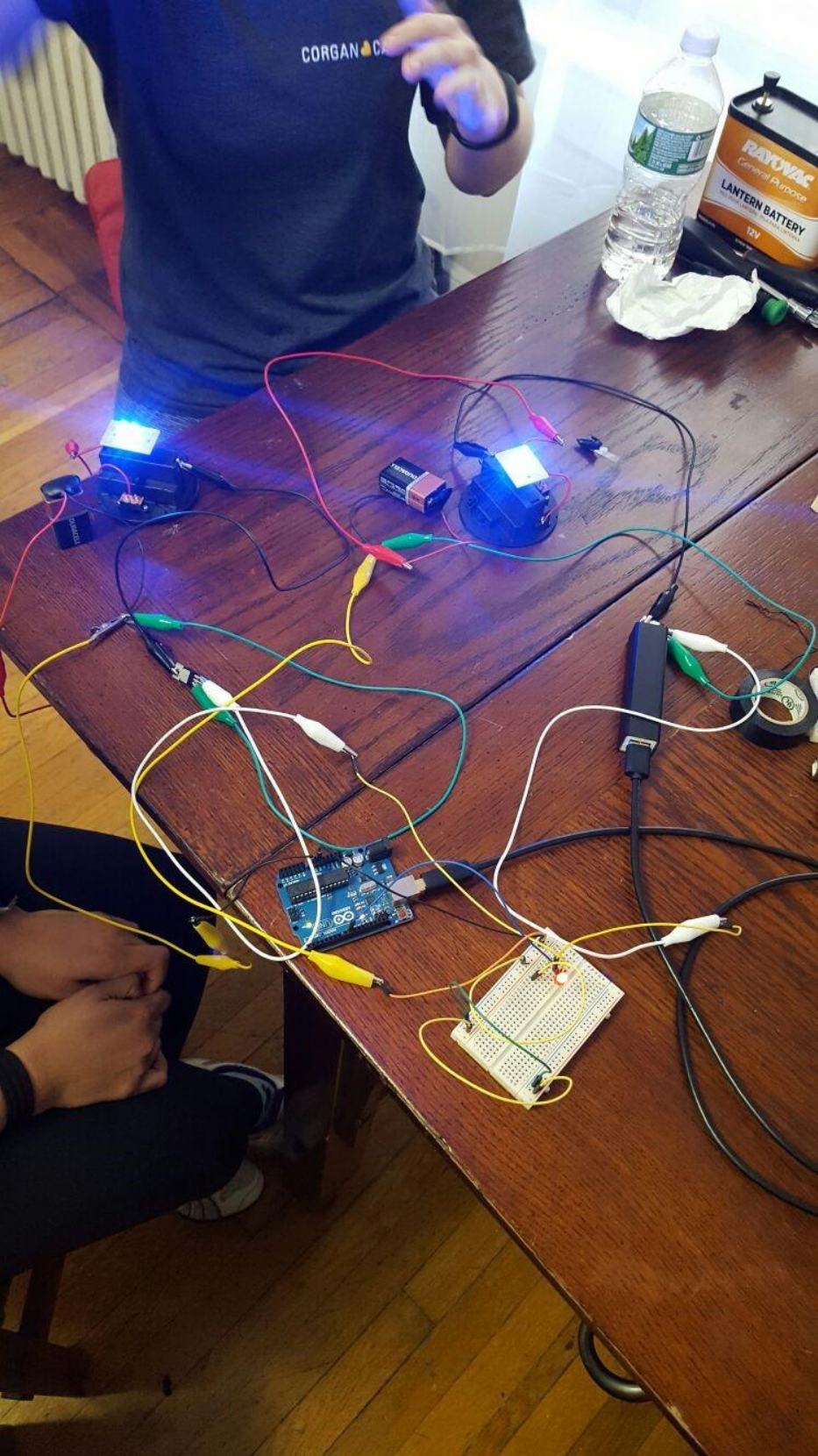GLOBAL CONNECTIONS
New York, New York
“Even a brief interaction can change the way people think about themselves, their leaders, and the future. Each of those many connections you make has the potential to become a high point or a low point in someone’s day. ”
PROJECT CONCEPT
Isn't this a fascinating idea? When this year’s Corenet Global’s annual competition was announced with the theme titled global connections – taking part in it was a no-brainer.
The goal of the competition was depicting this theme in the form of a 3- Dimensional object.
My colleagues and I brainstormed for weeks around the following themes:
Every connection leads to another connection leading to another connection -Till we are all connected.
Most connections are organic. Even with social media.
Every interaction we have leaves a mark on us.
WHAT DRIVES THESE CONNECTIONS?
Humans are seldom solitary and static creatures. We have an innate desire to interact, a need to be heard, and a yearning to be acknowledged. We seek interaction through an endlessly growing web of connections, and through that journey we discover ourselves. We grow though sensory experience.
This drove us to our core ideas - You cannot connect ALONE.
Connections are dynamic, they are always evolving, and our exhibit has to reflect that.
We also realized, that "global connections" cannot be a static exhibit. After multiple ideas were thrown away and design disputes were resolved we finally narrowed in on a concept that was really exciting, but quite hard to execute. Our exhibit would be a study on action and response. We began thinking about how to demonstrate the idea of organic connections as an immersive sensory experience.
DESIGN EVOLUTION AND FORM
Slowly, our exhibit began to take shape and form. Since some connections are intuitive and some planned, the exhibit had to be a combination of two sensory organs. We found that touch and sight were the two that most appealed to us.
We started with in-depth studies of magnetism. And as we progressed realized that while magnetism allowed us to showcase organic connections - the people engagement aspect was hard to achieve given the time we had. We then began playing around with Arduino boards and led lights and different ways to create a network. Finally, we decided to build a web of lights: people would engage with our exhibit, and the more they touched, the brighter their connection with the rest of the exhibit.
In this day and age, with the internet and social media serving so much of our need to connect, we had to make the internet a part of our exhibit. Our material studies eventually led us to optical fiber as the "string" we would use to depict connections. Our sensory choice of touch then led us to copper wires which would be powered by the touch of a hand by an Arduino board set up that we ourselves coded. Optical fiber and copper cables power the internet and touch our lives everyday, and that is what we would use to build our exhibit.
One night while working on this exhibit at work, conversations evolved around the idea of Six degrees of separation. It is the idea that all living things and everything else in the world are six or fewer steps away from each other. (Fun facts: The concept was originally set out by Frigyes Karinthy in 1929 and popularized in an eponymous 1990 play written by John Guare.) We decided the best way to showcase this idea was by building the entire network using six transparent segments of glass.
After weeks of working on all the components, the exhibit was finally finished. It was a transparent six-layered structure, with a web of optical fiber cables that lit up gradually as a person (or people) engaged with the copper mesh base.







